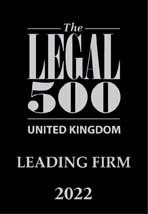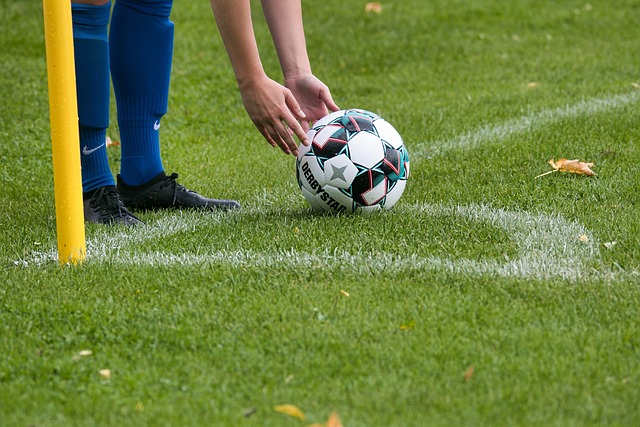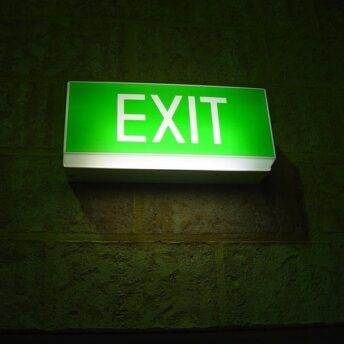In the past, clubs paid their players exclusively for playing football. The nature of this relationship has changed. As commercial forces expand football’s presence into the realms of entertainment and branding, clubs are seeking diverse strategies to generate income and expand their financial resources.
Clubs are currently engaging in a multitude of commercial collaborations with brands wanting to establish an association with the clubs and their prominent players. A player’s image may comprise various personal attributes such as their name, their nickname, likeness, image, photograph, signature, autograph, initials, twitter (X) statements, endorsement, physical details, voice, and more.
The notion is that these items comprise all elements that could potentially contribute to the player’s image, which the player and/or his club could subsequently promote commercially. A player will be compensated by a club and/or brand in exchange for endorsing and promoting a variety of distinct commercial agreements. In this article, Image Rights In Football, we take a look at the role and responsibilities involved.
Free Initial Telephone Discussion
For a free initial discussion with a member of our New Enquiries Team, get in touch with us today. We are experienced in dealing with all the legal aspects of image rights in football, and once instructed, we will review your situation and discuss the options open to you in a clear and approachable manner. Early expert legal assistance can help ensure you are on the best possible footing from the start and also avoid the stress of dealing with these issues on your own. Simply call us on 0345 901 0445 or click here to make a free enquiry and a member of the team will get back to you.
Does the club or player own the player’s image rights?
The image rights of each player are the property of that individual. However, it is not uncommon for players to establish an image rights company to which they transfer theses rights. This is carried out, in part, to prevent image rights from being incorporated into a player’s primary contract with their club. Subsequently, clubs and the company will enter into an independent agreement whereby clubs will utilise the player’s image rights for the purposes of self-promotion and endorsing the offerings of their sponsors.
Establishing a structure for image rights is an effective method for keeping things separate. The club pays the revenue generated from the use of the player’s image directly into the company, as opposed to paying the player a salary. Subsequently, the funds would be subject to taxation at the company rate of 19% instead of the individual income tax rate of 45% applied as a higher earner. However, it is worth noting that additional tax may be levied upon the disbursement of the funds to the player in the future. Unless they are required, the funds remain in the company and the player may withdraw them after they retire.
Are there any restrictions on the use of image rights?
The majority of clubs in the Premier League have multiple commercial partners. Meanwhile, players frequently secure personal sponsorships from companies such as food and beverage manufacturers, clothing, perfumes, watches, and cars. Consequently, there is a possibility of conflicts of interest emerging, prompting clubs to impose limitations on their players’ utilisation of their image rights for the purpose of endorsing a direct competitor of their sponsors.
Therefore, contracts pertaining to image rights must be meticulously negotiated, particularly when a player joins a new club. In some cases, the issue of image rights has caused a transfer agreement to be delayed or even dissolved; reportedly, this occurred in 2019 when Paulo Dybala’s negotiations with Tottenham Hotspur FC failed. These concerns may also manifest in relation to the hiring of high-profile managers. For example, Pep Guardiola has been endorsed by Gore-Tex, Dsquared2, and Puma, whereas Jurgen Klopp has had sponsorship agreements with Opel, Erdinger Beer, VR bank, and Snickers. Consideration must be given as to how these deals sit with the sponsorship deals of the club.
How have HMRC dealt with image rights payments?
In the early 2000s, numerous clubs entered into substantial image rights contracts but found themselves in hot water. This was primarily due to the fact that clubs entered into image rights agreements with players who, at times, lacked a commercially viable image. HMRC perceived it as an attempt by clubs to evade their tax obligations.
HMRC was interested in the valuation of a significant image rights transaction involving a player, as well as the manner in which the club utilised those rights in the course of its broader commercial strategy. Likewise, a substantial portion of the overall pay, for example, of a B team player in a lower league club who was compensated through an image rights agreement might raise doubts regarding the commercial viability of said arrangement. HMRC conducted an extensive investigation into numerous clubs, leading to the conclusion that nearly all Premier League clubs entered into settlement agreements for the period concluding in 2010. Numerous clubs incurred substantial costs in order to rectify the situation.
HMRC acknowledges that properly structured image rights contracts are valid methods of structuring payments to players in exchange for endorsing specific products and services. Clubs persistently recognise that their celebrity players possess marketable qualities off the pitch as well. As a result of the Premier League’s worldwide broadcasting and widespread popularity, commercial partners and sponsors are eager to collaborate with prominent clubs.
An agreement containing two “caps” has been extended by HMRC to every Premier League club. As per the club cap (Stage 1 Cap), clubs are restricted to remitting no more than 15% of their commercial income in total image rights payments to all image rights companies. Twenty percent of the total salary payments made to a player during the tax year constitutes the player quota (Stage 2 quota). HMRC requires clubs to submit a written request in order to accept the image rights offer.
Possible further inquiries from HMRC could concern the club’s utilisation of the image rights company’s funds in proportion to the total percentage of the player’s salary. The practice of clubs paying players more than 20% of their total contract in image rights payments is no longer prevalent, with rare exceptions.
With the expectation that clubs can rationally support image rights payments to their players via commercial opportunities, which are projected to account for approximately 20% of the players’ overall playing contracts, further image rights agreements will continue to be entered into. This will be to the mutual benefit of clubs and players.
How we can help
We have a proven track record of helping clients deal with the process involved in protecting a player’s image rights. We will guide you diligently and ensure all checks are carried out swiftly and efficiently and we firmly believe that with the right solicitors by your side, the entire process will seem more manageable and far less daunting. You can read more about the range of sports law services we offer by clicking here: https://blackstonesolicitorsltd.co.uk/sports-law/
How to Contact Our Sports Solicitors
It is important for you to be well informed about the issues and possible implications of dealing with image rights in football. However, expert legal support is crucial in terms of ensuring a positive outcome to your case.
To speak to our Sports solicitors today, simply call us on 0345 901 0445, or click here to make a free enquiry. We are well known across the country and can assist wherever you are based. We also have offices based in Cheshire and London.
Disclaimer: This article provides general information only and does not constitute legal advice on any individual circumstances.





